






The Annual Report is an important publication of the Independence Fire Department to demonstrate our ongoing efforts to serve the citizens of Independence. Throughout the report you will find a small amount of the statistical information we collect and examples of the hard work completed by the employees of the Fire Department. As you will see, we continue to break records in incident responses and unit responses. The Fire Department continues to work towards improving our service to the public.
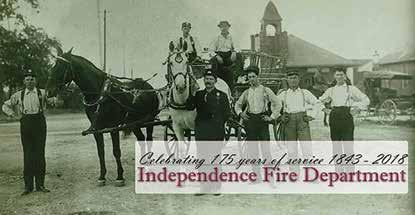
In my first year serving as the Fire Chief, we celebrated our 175th Anniversary as an organized Fire Department. The Department kicked off the anniversary year on February 6th, the official anniversary date. Throughout the year crews wore commemorative shirts as a part of their daily uniform. For our biggest celebration we hosted an honorary parade around the Independence Square featuring new and antique fire apparatus from Independence and other surrounding communities. Independence is well known for its history with the Sante Fe, California and Oregon trailheads. As the community was starting out in this time, recognition that fire protection was crucial for development, was the spark of our existence. I am proud to be a part of this community and especially proud of the hard work and dedication our employees put into service for the City of Independence.
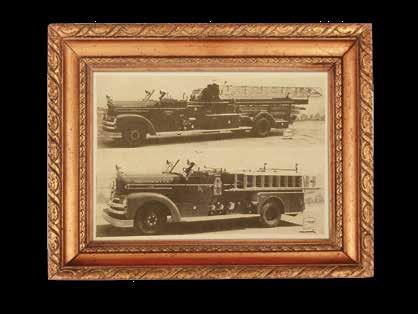
If this report raises questions and you would like further details, or if you would like to see previous reports, please feel free to contact us at 816-325-7123 or email fireonline@indepmo.org
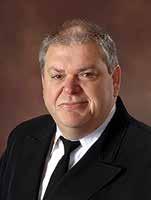
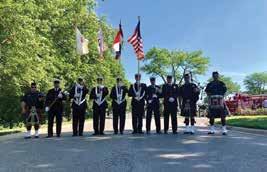
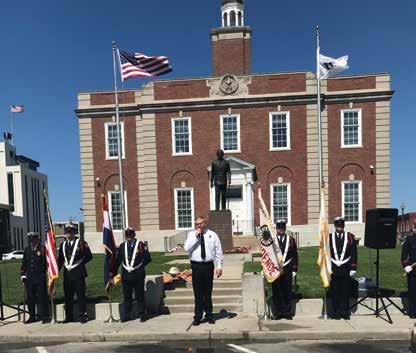
TOTAL: 21,556
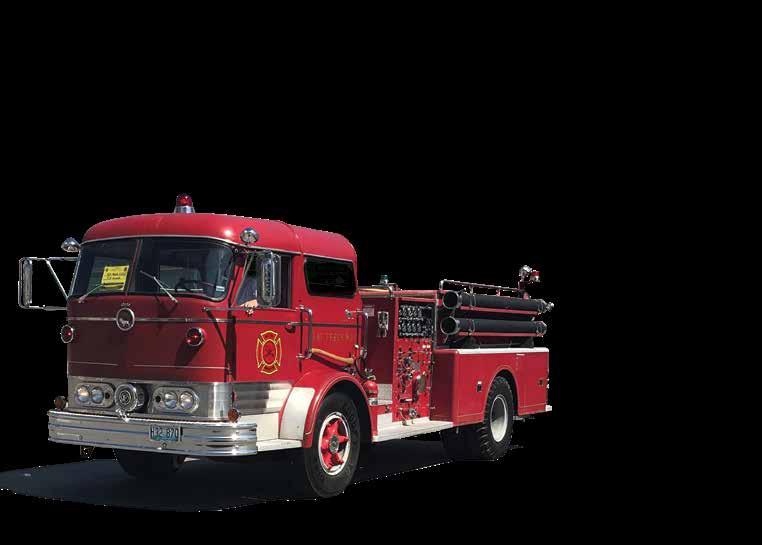
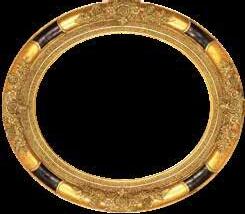
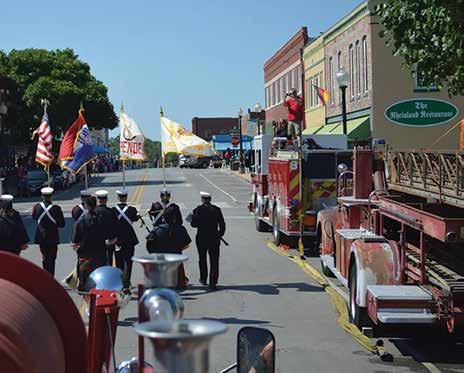
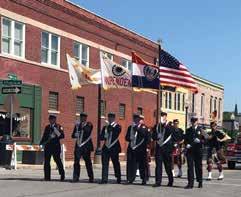
In 1843, Richard Ridgeway Rees, James McGill, Anthony Cosgrave, Benjamin Franklin Wallace and 36 others petitioned the state legislature for incorporation as the “Independence Fire Company.” The 12th General Assembly approved and the volunteer fire company became incorporated by state law on February 6, 1843.
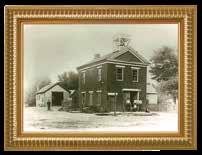
By December 9, 1853, Independence had a fire engine. When the City ordinance was passed incorporating the “Independence Fire Company” into the body politic, it also gave them possession and control of the City fire engine, “The Independence 76,” and the building which later became known as “The Engine House.”
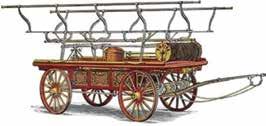
• Trained seven new firefighters who were hired and assigned to fire operations.

• Assisted personnel in re-certification for 15 state certificates consisting of Fire Inspector, Instructor I, Instructor II, and Fire Investigator.
The all-volunteer fire department took delivery of its new fire engine, built in St. Louis, at a cost of $3,000. It was brought to Independence by steamboat and could carry 24 men on the pump handles.
On June 26, 1894, the city council passed Ordinance No. 843 creating the first paid fire department. Joe Peterson was hired as the first compensated Fire Warden, serving 1894 to 1895. He was paid $40 per month.


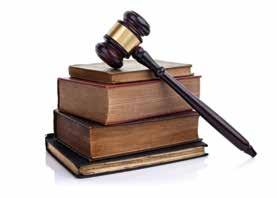
ABOVE: Recruits hired August 21, 2018, from left, Seth Johnston, John Largent, Tim Burke, Adam Kelsey and Tyler Smith.

LEFT: Recruits hired May 1, 2018, from left, Cody Rohrs and Steven Rew.
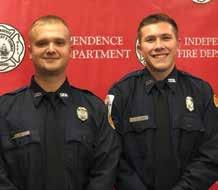
This photo is of the early paid Independence Fire Department. The horses are the first IFD team of Dan (left) and Joe (right). The fireman on the hosewagon seat is Lewis Warren. To his left is Ellis Wright, who worked for the Examiner newspaper. D.A. Kincade, who later became Chief and served the department for fifty years, is holding Dan’s reins. Chief John Nesbitt is holding Joe. The firemen to the Chief’s left are William Goodman, Charles Highfel and Chief Nesbitt’s little brother. This photo was taken between November 16, 1897 and October 1, 1902.

The total expenses for IFD in 1900 came to $1,805.91. The amount included $1,380 for salaries, $175.18 for supplies and $136.88 for horse feed.
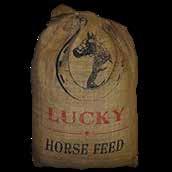

• Seven new firefighters were hired to begin the process of training and development.
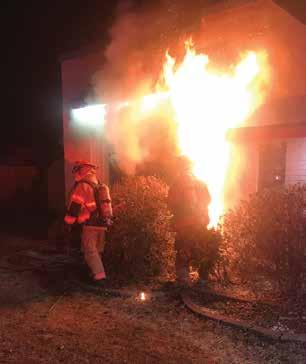

• One Captain was promoted to the rank of Battalion Chief.
• Six Fire Equipment Operators were promoted to the rank of Captain while nine Firefighters were promoted to the rank of Fire Equipment Operator.


• Continued to maintain and strengthen its volunteer program with volunteers in the EPD committing almost 3,000 total hours to the program.
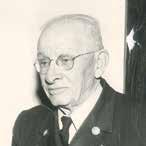
• Managed the SEMA Emergency Management Performance Grant grant award, totaling $112,665.78 thus reducing the City’s financial obligation.
• Continued development of the Emergency Operations Center’s response capability through the installation of additional communications equipment, information and visual display technology, and education/training for disaster response.

• Held two Community Emergency Response Team (CERT) Basic Training classes. Within the last 10 years, over 1,050 citizens from the Independence area have taken this training, many of whom continued on to volunteer in the CERT Program.
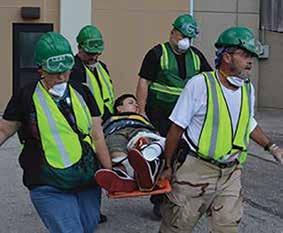
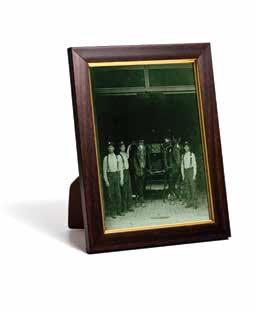
• Participated in exercises and planning sessions, including Mass Care, Children and Youth in Disasters, Hazard Mitigation, Show-Me Partnership for Emergency Human Services and Volunteerism, Voluntary Organizations Active in Disaster, Mid-America Regional Council subcommittees and the Great American Shake Out.
• Added position of Response Planner to the EPD team. This new position supports and strengthens Public Health response capabilities on a local and regional level in a variety of ways.
David Kincade becomes the IFD Fire Chief, serving 1902 to 1908. Robert Lyle takes over as IFD Fire Chief, serving 1912 to 1913. A horse-drawn Anderson Supply Company combination chemical/hose wagon was purchased in 1910. This photo was likely taken in 1910, showing the No. 2 Hose Company in No. 2 Firehouse at Elm and Lexington. John Gabathuler becomes the seventh IFD Fire Chief, serving 1909 to 1910. In 1909, the city expanded to include a second fire company. Located near the industrial area south of Elm Street, the Firehouse operated until 1918 when it was consolidated with the original Firehouse. The second company was re-opened in 1928. Charles Staub steps in as IFD Fire Chief, serving 1910 to 1912. John Nesbitt acted as IFD Fire Chief again, serving 1908 to 1909.The last two horses for IFD were “W.T.” and “Maj”. “W.T”, named for councilman W.T. Peters, was turned over to the street department. “Maj”, named for councilman Herbert Majors, was sold to an unknown buyer at market in Kansas City.

After World War I, many new firefighter positions were created to find jobs for returning servicemen. A second shift was added and firefighters began working a 10-hour day shift and a 14-hour night shift, rotating every two weeks. This new work schedule was implemented May 12, 1920.
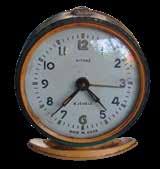
On July 1, 1918, horses were replaced at Firehouse No. 1 and the city fire department became motorized with two White Automobile Company fire trucks at a cost of $4,200 each. The first alarm for the White was on July 2nd at 3:15pm. The Chief’s log notes, “Alarm at 301 E. Walnut. A two room shed. Occupied by Bob Srader. Loss on shed and contents $50.00 covered by insurance. Laid 200 feet of hose. Cause of fire children playing in shed. Alarm reported by Bell Telephone.”
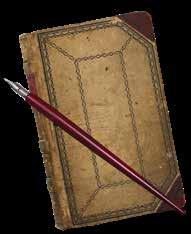
The truck in this image is one of two 1928 pumpers which were not replaced until 1949. This picture was taken in front of Firehouse No. 2 at Elm and Lexington. The firemen from left to right are: Martin Carey, Tom Pollard (who later became Chief), Bill Paine and Kenneth Simmons.
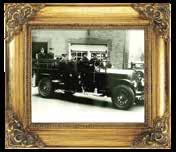
• Performed more than 5,340 hours of emergency medical training enhancing our EMTs and paramedics knowledge and skills.
• Provided Hands-Only CPR training to employees throughout the City’s various departments including members of the Independence Police Department.
• Provided CPR recertification and Advanced Cardiac Life Support to all members of Fire Suppression and Paramedics.
• Held docudrama (mock car accident) at William Chrisman High School to bring awareness to students towards ‘distracted driving’.

In 1944, Local 781 of the International Association of Fire Fighters was formed by the men and women employed by the Independence Fire Department.
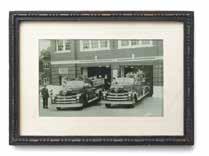
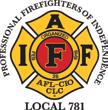
On May 6-8, 1947, President Harry Truman called a threeday conference to discuss a plan to reduce losses from fire in the United States. A driving force behind the conference was the fire-related tragedies that occurred the prior year at the Winecoff (Atlanta) and La Salle (Chicago) hotels and at an apartment building in New York City. These three fires killed a total of 217 people.

The
Firehouses No. 3 and No. 4 went into service at 6:00am on Tuesday July 15, 1952. The openings marked the fulfillment of the public works program authorized by voters in the special bond election in June 1951. The public works program included more than $160,000 to pay for the buildings plus two new Seagrave pumperladder trucks.
• Partnered with the Heart of America Fire Chiefs for the adoption of the 2018 International Codes.
• Organized and participated in the Fire Department’s 175th Anniversary Parade.
• Completed updating the Fire Prevention Division Procedural Manual.
• Won award from the Independence School district for Business Partner of the year for our support of the Public Service Academy with outstanding level of engagement.
• Worked in conjunction with Emergency Preparedness on the development of a senior adult outreach program to teach how to prepare for fire and other emergency situations.

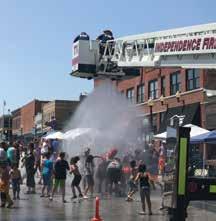

• Inspectors received training certifications for Fire Inspector, Fire Instructor and Fire Investigator.
Firehouse No. 5 was placed into service in 1955.
On September 9, 1953, a proposal by Independence City Mayor Robert P. Weatherford, Jr. was approved to equip all fire trucks with twoway short radios at a cost of $6,000.
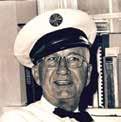
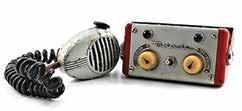 Thomas Pollard is named the Fire Chief for IFD, serving 1950 to 1968.
Thomas Pollard is named the Fire Chief for IFD, serving 1950 to 1968.
A Buick was placed into service as the Fire Chief’s car on August 6, 1959.

Willard Swoffer takes over as IFD Fire Chief, serving 1968 to 1981. During his tenure, the first women and minorities were hired by the Department.
Norman Birch was named Fire Chief from 1981 until his retirement on December 31, 1991. While he was Chief, Firehouse No. 6 was replaced and No. 9 and No. 10 were built.

In 1970, four new Seagrave engines and two Snorkel trucks were integrated into the fleet.
Firehouse No. 6 and Firehouse No. 7 were placed into service in 1961.

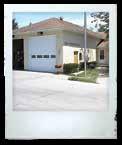
On April 1, 1962, the work schedule of 24 hours on duty and 48 hours off duty went into effect, following a nationwide trend in fire service.



Larry Hodge succeeds Birch as the next Fire Chief, serving 1992 to 2005. While Chief, he re-introduced emergency medical training to IFD to include automatic external defibrillators.
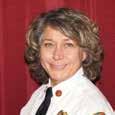
• Took possession of three new pumpers, purchased in late 2017 to replace pumpers that were past their usable service period, and placed them in service in May, June and July.
• Replaced 52 sets of personal protective gear due to age and condition.

• Replaced worn and defective workout equipment and appliances at five stations due to age and condition.
• Provided preventive maintenance for all Fire Department vehicles.

• Purchased five staff vehicles to replace vehicles past their usable service period.
• Remodeled the administrative office area to make it more functional.
In 2013, IFD added Mobile Data Terminals in its vehicles to allow for better communication between units and the dispatcher without using the radio.

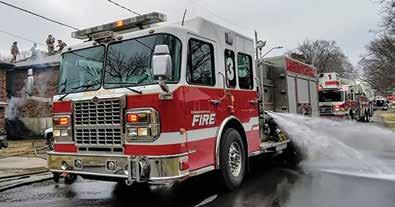
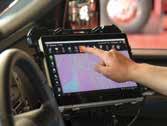

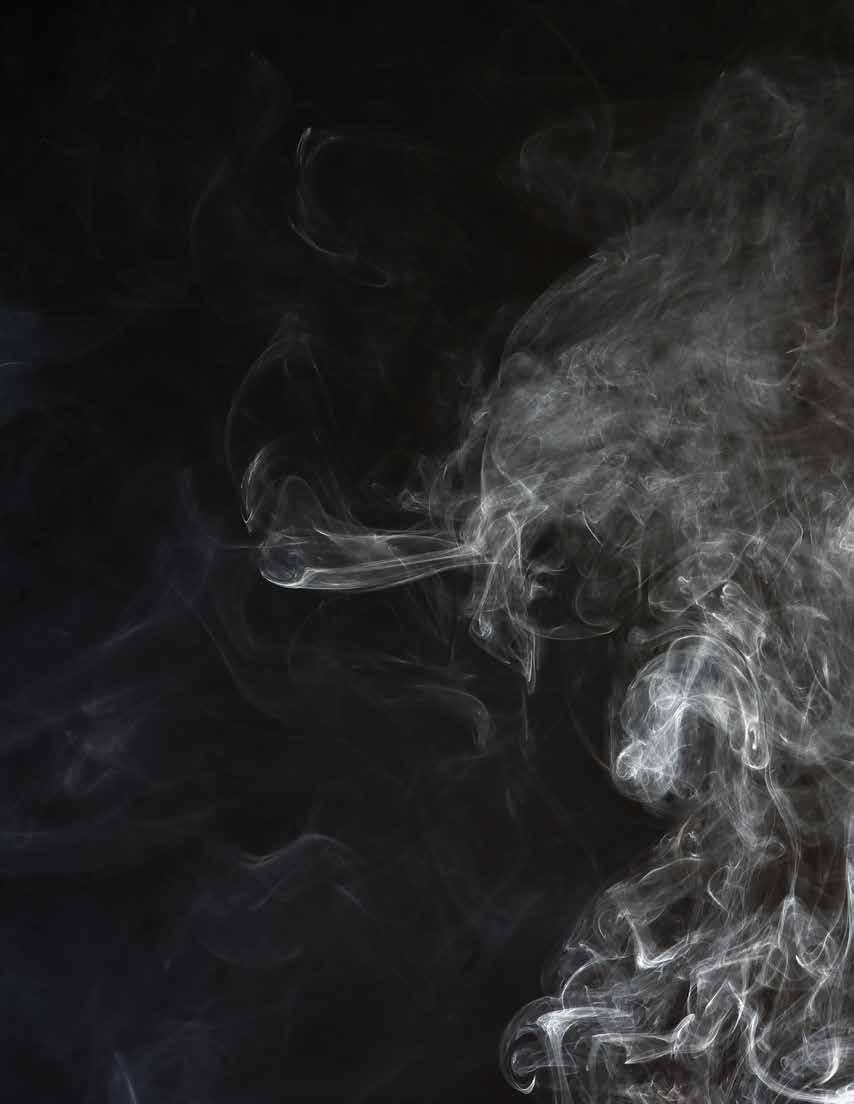

To consistently provide high quality services in the most efficient manner for our growing community and be recognized as a leader in providing quality Fire, EMS and Emergency Preparedness services.
IMPORTANT FIRE DEPARTMENT
PHONE NUMBERS
Emergency .................................................................. 911 Fire Administration ...................................... 325-7123
Emergency Preparedness 325-7133
Web Address ...................... www.indepmo.org/fire
The Independence Fire Department will meet the challenges of present and future community needs through pro-active leadership, dedication to our core values, provision of quality All-Hazard emergency services and community risk-reduction strategies in an efficient and effective manner.